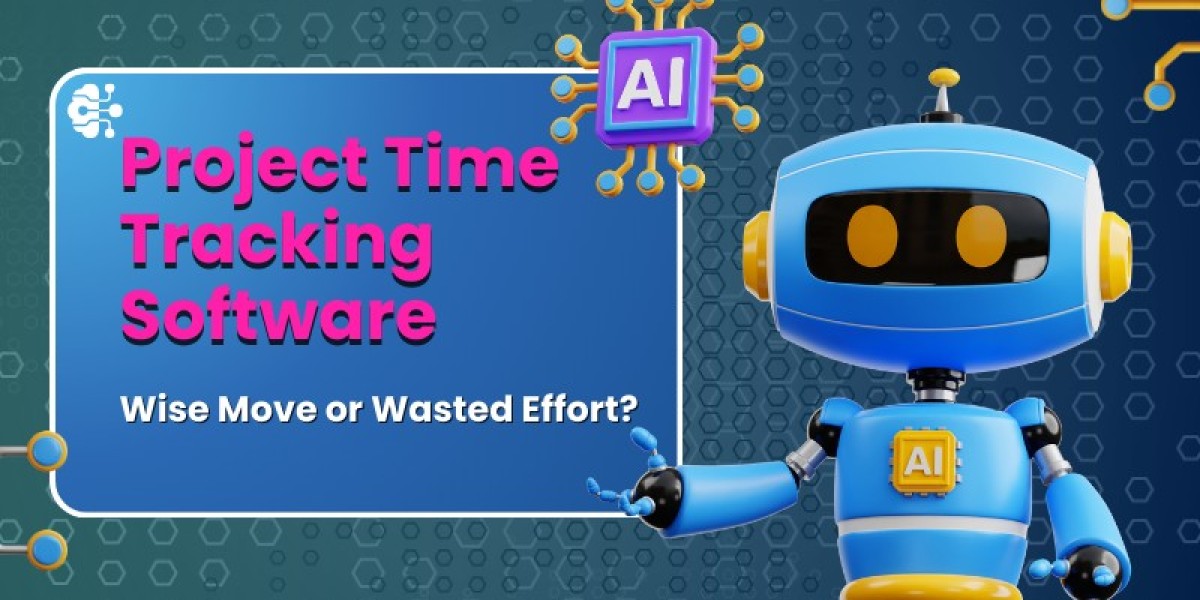Managing projects often comes with the challenge of balancing time, resources, and costs, and the right tools can make all the difference. For many teams, project time tracking software delivers clarity by highlighting productivity patterns, improving resource allocation, and keeping project expenses under control. For others, though, it risks becoming a source of frustration, feeling more like micromanagement than support. Its true value lies in how effectively it’s introduced and aligned with the way your team actually works.
What Is Project Time Monitoring Software?
Project time monitoring software is a tool that assists individuals and teams in recording the time they dedicate to tasks, projects, or clients. Unlike simple to-do apps, it focuses on measuring time spent per task or project, billable versus non-billable hours, employee workload distribution, and overall project efficiency. The ultimate goal is to give both managers and employees a clearer picture of how time translates into productivity and profitability.
Why Teams Invest in Time Tracking Tools
Many companies turn to these tools because time is one of the most expensive resources in business. They see project time monitoring software as a smart investment for several reasons: it enables better resource management by showing where time goes, helping to allocate staff effectively and prevent burnout; it ensures accurate billing and invoicing, especially for service-based businesses where logged hours keep client payments transparent and dispute-free; it supports upskilling and reskilling by revealing areas where teams may need additional training to work more efficiently; it allows managers to analyze trends and adjust timelines, budgets, or staffing with real data; and it improves accountability, making it easier to spot bottlenecks and inefficiencies across projects.
When Time Tracking Feels Like a Distraction
On the flip side, not every team benefits equally, and poor implementation can make time tracking software counterproductive. Employees may feel micromanaged if they believe their every move is being monitored, and if logging time isn’t streamlined, it quickly turns into “one more task” on the to-do list. Too much data without actionable insights can also overwhelm managers instead of helping them. This is where the perception of distraction arises; when the tool creates friction rather than clarity, turning effective project tracking into an unnecessary burden.
How to Decide if It’s Right for Your Business
The real question isn’t whether time tracking works; it’s whether it works for your specific needs. If you bill clients by the hour, time tracking is almost essential for accurate invoicing and transparency. When projects frequently run over budget or deadlines, tracking can help uncover hidden inefficiencies. For small, fast-moving teams, however, heavy tracking may slow things down more than it helps. And if you’re not going to analyze the data to improve workflows, the software may ultimately add little value.
Best Practices for Maximizing Value
If you decide to adopt project time monitoring software, the key is to implement it in a way that supports your team rather than weighing them down. Automate wherever possible by using integrations and timers instead of manual entry. Be transparent about why tracking matters and how the data will be used, so employees feel informed rather than monitored. Focus on extracting insights to improve processes, not on surveillance or micromanagement. Finally, start small by rolling it out on select projects before scaling it across the entire organization.
You can also watch: EmpCloud: One Platform for All Your Workforce Needs!
Conclusion
So, is project time tracking software a smart investment or a distraction? The answer depends on your goals. If you need clarity on productivity, accurate billing, and better resource allocation, it’s worth the investment. But if you’re adopting it just to “keep tabs” on employees, it can quickly become a distraction. The key lies in aligning the tool with your workflow, culture, and objectives.
FAQ
Q1: Is time management software appropriate for small enterprises?
Yes, but lightweight or automated tools often work better for small teams to avoid unnecessary complexity.
Q2: Can it improve productivity?
When implemented correctly, yes. It highlights inefficiencies and helps teams prioritize tasks better.
Q3: What features should I look for?
Automated timers, reporting dashboards, invoicing options, and integrations with project management tools are top features.
Q4: Does time tracking reduce employee trust?
It can be framed poorly. Transparency and clear communication about its purpose prevent mistrust.












